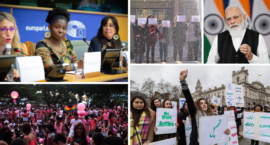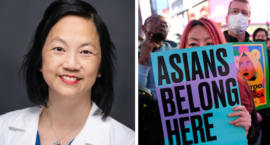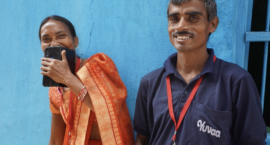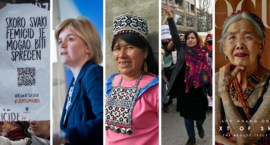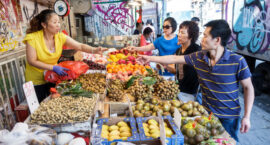The impact that Asian immigrants and Asian Americans have made in labor history is frequently missing from the media and textbooks, despite numerous roles of unionizing, rallying and organizing to inspire workers to fight for justice and better workplace conditions.
As legislation to teach Asian American history in schools increases, teaching Asian American labor activism is essential to prepare the next generation of leaders and civic actors concerned with solidarity and coalition building.




